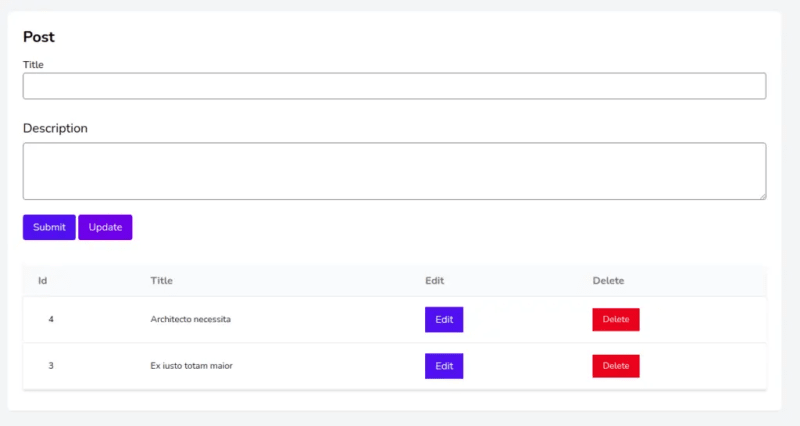Digital Asset Management (DAM) storage is not just about storing files; it’s about organizing them in a way that maximizes efficiency and accessibility. Let’s break down what DAM storage is, why it’s essential, and how it’s changing the way organizations manage their digital content.
What is DAM Storage?
DAM storage refers to the systems and software used to manage, organize, and store digital assets securely. Unlike regular file storage, DAM systems provide advanced features like metadata management, powerful search capabilities, and access control, making them ideal for businesses that handle large volumes of digital content.
For example, a global marketing team can use DAM storage to centralize all their digital assets. This setup ensures that every team member, no matter where they are in the world, can access the latest versions of assets instantly. This not only saves time but also maintains brand consistency across all marketing channels.
The Importance of DAM Storage
Here is why it is important:
– Efficient Organization: DAM systems organize assets in a highly structured manner using metadata and tags. This organization allows for quick retrieval of assets through search functionality, rather than sifting through folders manually. For instance, a photographer can tag photos with keywords related to the shoot location, subject, and client name, making them easily searchable for future use.
– Enhanced Security: Security is a top priority in DAM storage. These systems provide robust security measures that ensure digital assets are protected from unauthorized access and data breaches. Additionally, DAM storage often includes backup and recovery solutions, ensuring that even in the case of hardware failure, your data is safe.
– Scalability: As organizations grow, so does the volume of their digital assets. DAM storage solutions are designed to scale effortlessly, accommodating more and larger files without a drop in performance. This scalability is crucial for businesses that need to add more assets regularly without compromising system performance.
– Collaboration and Sharing: DAM storage often comes with built-in tools for collaboration. These tools make it easy for teams to work together on projects, share assets securely, and even track revisions and updates. For example, a design team working on a new product launch can share designs and receive feedback directly within the DAM system, streamlining the review and approval process.
Real-World Applications of DAM Storage
Media Companies
For media companies like CNN or BBC, managing thousands of multimedia files is a daily operation. DAM storage allows them to store vast amounts of video and audio files in an organized manner, making it easy to retrieve specific clips based on news stories or events quickly.
Retail Businesses
Retail giants like Amazon use DAM storage to manage product images and descriptions. This centralized storage ensures that the correct product images are used across all platforms, from online stores to promotional emails and beyond.
Educational Institutions
Universities and colleges use DAM storage to manage a variety of content including course materials, administrative documents, and marketing assets. This ensures that students and faculty have access to the latest resources in an organized manner.
The Bottom Line
DAM storage is more than just a place to store files—it’s a comprehensive solution that supports the organization, protection, and efficient use of digital assets. In today’s fast-paced digital environment, having a reliable DAM system is crucial for any organization that values the integrity and accessibility of its digital content. Whether you’re a small design firm or a large corporation, investing in robust DAM storage is investing in the productivity and security of your digital assets.



